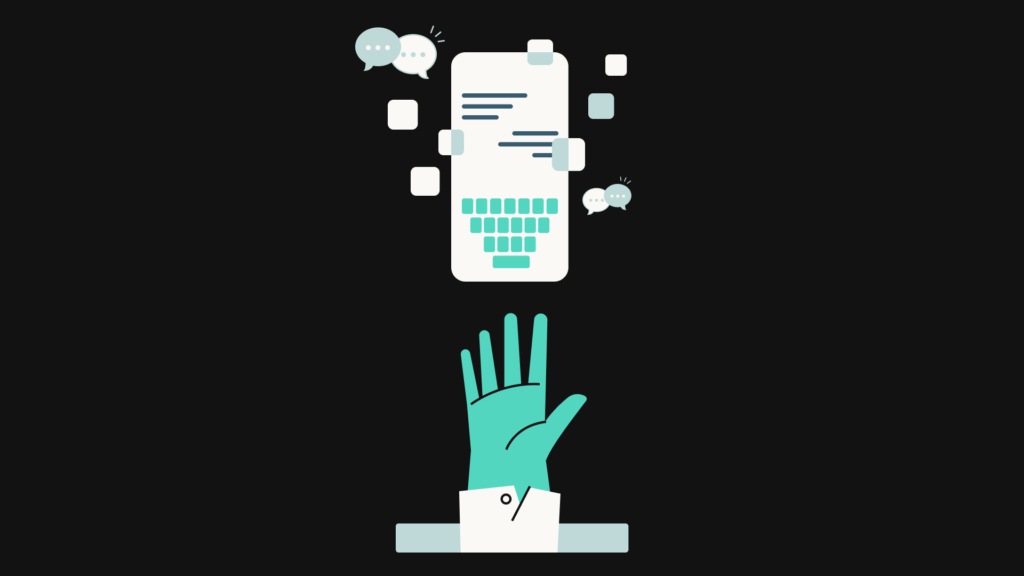Table of Contents

Digital phenotyping is a relatively new field, but it is rapidly gaining popularity in the healthcare industry. What exactly is it? Well, digital phenotyping is the process of using digital devices to measure and track individuals’ physical and behavioral characteristics by setting biomarkers. This data helps us to understand, monitor, and predict health outcomes.
There are many potential applications of digital phenotyping in healthcare. For example, it’s used to identify individuals at risk of developing certain diseases, monitor the progression of diseases, assess the effectiveness of treatments, or provide personalized healthcare.
In the future, digital phenotyping may become an essential part of healthcare, and it has the potential to transform the way we care for our health.
The Basics of Digital Phenotyping
Digital phenotyping is the process of measuring and analyzing an individual’s digital footprint—the trace left behind by their interactions with digital devices and platforms. This data can provide insights into an individual’s behavior, preferences, and even their state of mind.
There are several different ways to collect digital phenotyping data, including wearables, mobile apps, and even social media platforms. This data is fed through algorithms developed by a data scientist to create detailed models of an individual’s behavior. It is then used to make predictions about their health or to design personalized interventions.
The Benefits of Digital Phenotyping in Healthcare Settings
By tracking and analyzing our daily behavior, digital phenotyping can provide insights into our health that would otherwise be impossible to obtain. With that, there are many potential applications of digital phenotyping in healthcare, such as:
1. Predicting the onset of disease: By tracking our daily behavior, digital phenotyping can provide early warning signs of disease onset. This information can be used to intervene early and potentially prevent the disease from taking hold.
2. Designing personalized interventions: Digital phenotyping can be used to design interventions that are tailored to the individual. By understanding the health risks of an individual, digital phenotyping can help to design interventions that are specifically targeted at reducing those risks.
3. Improving clinical decision-making: Digital phenotyping can be used to improve clinical decision-making by providing more information about the individual. This could be used to choose the most effective treatment for a patient or to make decisions about preventive care.
4. Identifying at-risk populations: Digital phenotyping can be used to identify at-risk populations by identifying patterns of behavior that are associated with health problems. This is often used to target interventions for those at risk of developing a disease or identifying those at risk of developing a chronic condition.
5. Evaluating the effectiveness of treatments: Digital phenotyping can be used to evaluate the effectiveness of treatments by tracking the changes in behavior that occur after treatment is started. This could be used to compare the efficacy of different treatments or to evaluate the long-term effects of treatment.
Conclusion
Digital phenotyping has the potential to revolutionize healthcare. It can provide a more complete picture of an individual’s health, track changes over time, and be less invasive than traditional methods.
If you’re looking for keyboard SDK technology for healthcare, then Fleksy is the perfect solution for you. Our Keyboard SDK Technology is designed specifically for healthcare applications, and it provides a number of benefits that make it ideal for use in this industry.
Contact us today to learn more about our Keyboard SDK Technology and how it can help you streamline your healthcare application.